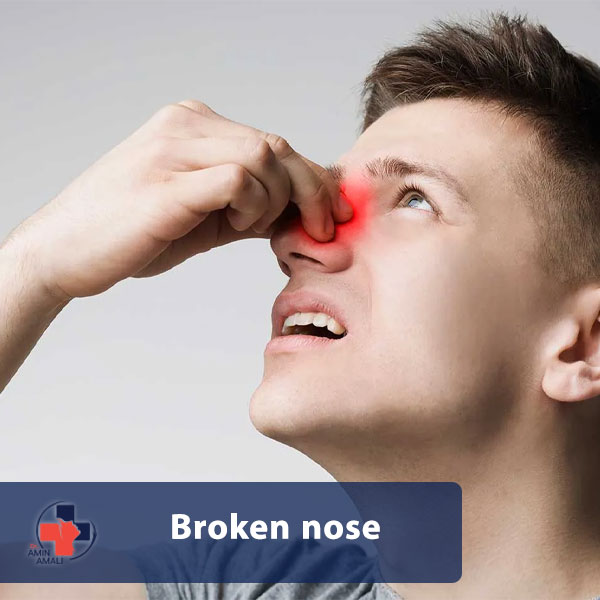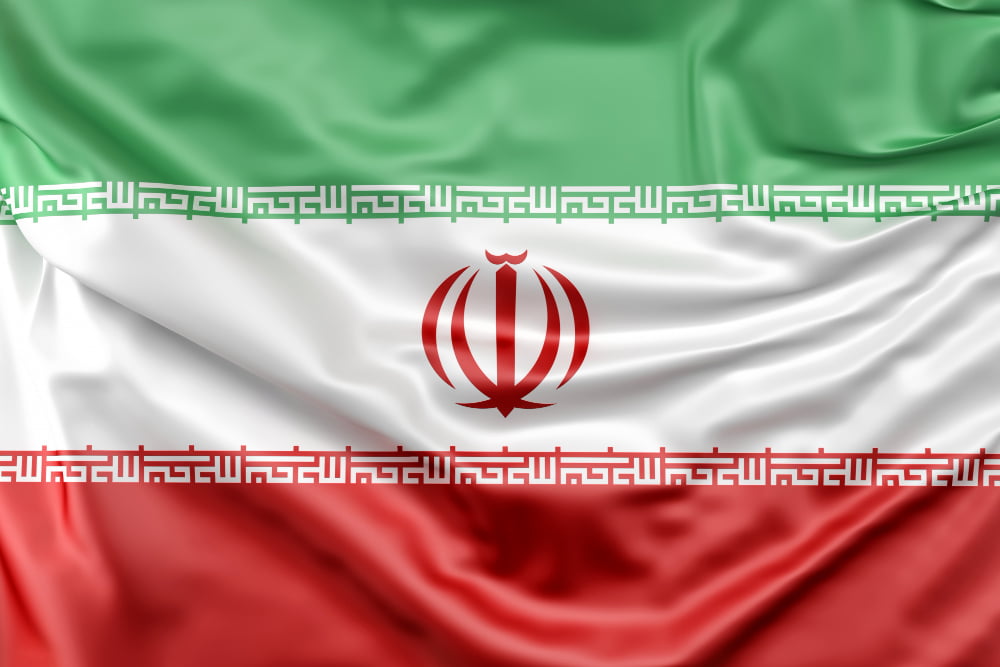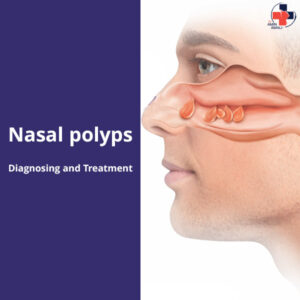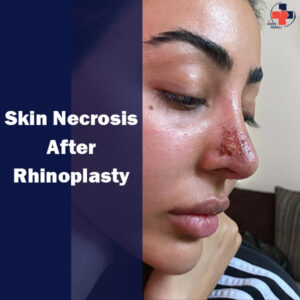A broken nose, medically known as a nasal fracture, can cause both cosmetic and functional issues. While the immediate priority is ensuring proper healing, some individuals may later consider broken nose rhinoplasty to address lingering concerns. This article explores this specific type of rhinoplasty, its purposes, and essential considerations.

What is Broken Nose Rhinoplasty?
Broken nose rhinoplasty, also known as post-traumatic rhinoplasty, is a surgical procedure that aims to correct the deformities resulting from a nasal fracture. Unlike traditional rhinoplasty primarily focused on aesthetics, this procedure addresses both functional and cosmetic concerns.
Causes of a Broken Nose:
- Blunt force trauma: This is the most common cause of broken noses and can occur during various activities, such as:
- Falls: Tripping, slipping, or falling forward can impact the nose.
- Sports injuries: Contact sports like football, basketball, and hockey carry a higher risk of facial injuries, including nasal fracture.
- Physical altercations: Punches or other forceful blows to the face can easily break the nose.
- Motor vehicle accidents: The impact from a car accident can cause facial fractures, including broken noses.
Other causes: Less common causes include:
- Surgical procedures: Nose surgery itself can carry a small risk of accidental fracture.
- Certain medical conditions: Conditions that weaken the bones, such as osteoporosis, can increase the risk of a broken nose from even minor impact.
Broken nose symptoms
It is important to seek medical attention immediately if you suspect a nasal fracture. Symptoms can include:
- Pain and swelling in the nose
- Bruising around the eyes and nose
- Bleeding from the nose
- Difficulty breathing through the nose
- A crooked or deformed nose
Early diagnosis and treatment can help ensure proper healing and minimize the risk of complications.
Broken Nose Diagnosis
Diagnosing a broken nose typically involves a combination of a physical examination and, in some cases, imaging tests.
Physical Examination:
During a physical examination, your doctor will:
- Ask about your medical history and how the injury occurred.
- Gently feel your nose to assess for tenderness, swelling, and crepitus (a grating sensation that can indicate a broken bone).
- Shine a light into your nostrils to examine the nasal septum (the cartilage that separates your nostrils) for any deviation or bleeding.
- Check for other facial injuries, such as loose teeth or fractures in the cheekbones or eye sockets.
Imaging Tests:
While X-rays are not always necessary for diagnosing a broken nose, they may be helpful in certain situations, such as:
- If the swelling is significant, making it difficult to assess the bones by touch.
- If there is concern about damage to the bones surrounding the eyes or other facial structures.
- If the doctor suspects multiple fractures.
In these cases, an X-ray of the nose can provide a clear picture of the bones and help determine the severity of the fracture.
However, it’s important to note that X-rays may not always show hairline fractures, and other imaging tests like CT scans might be needed in specific cases.
Why Consider Broken Nose Rhinoplasty?
Several reasons might lead someone to consider nasal fracture rhinoplasty:
- Functional Issues: A nasal fracture can sometimes lead to a deviated septum, obstructing the nasal airway and causing difficulty breathing, frequent sinus infections, or even sleep apnea. Rhinoplasty can correct the septum, improving breathing function.
- Cosmetic Concerns: A broken nose can leave visible bumps, asymmetry, or a crooked appearance. Rhinoplasty can reshape the nasal bones and cartilage to achieve a more aesthetically pleasing and balanced nose.
- Combined Benefits: In many cases, both functional and cosmetic improvements are desired. Broken nose rhinoplasty can address both concerns simultaneously, offering a comprehensive solution.
Things to Consider:
- Timing: Ideally, surgery should be performed after the bones have fully healed, typically at least 6-12 months after the initial injury.
- Consultation: A thorough consultation with a qualified rhinoplasty surgeon is crucial. The surgeon will assess the specific issues, discuss individual goals, and outline the surgical approach.
- Realistic Expectations: It’s essential to have realistic expectations about the outcome. While rhinoplasty can significantly improve appearance and function, it cannot guarantee a perfect or pre-injury nose.
- Recovery: Recovery from broken nose rhinoplasty can involve swelling, bruising, and discomfort for several weeks. Following the surgeon’s post-operative instructions is essential for optimal healing.
Conclusion
Broken nose rhinoplasty can be a valuable option for individuals seeking to address the functional and/or cosmetic consequences of a nasal fracture. By consulting a qualified surgeon and understanding the process thoroughly, individuals can make informed decisions about this life-changing procedure.











